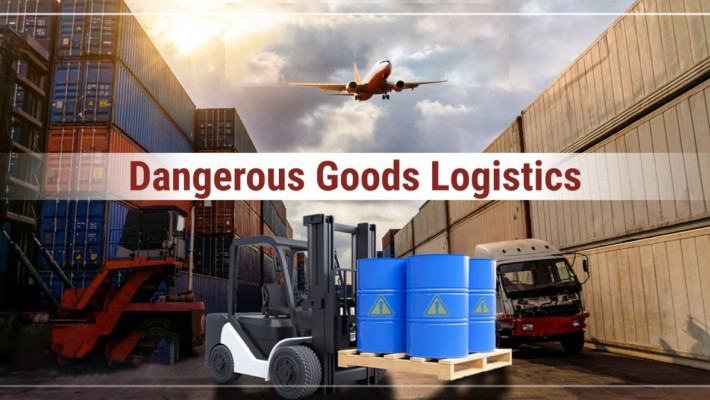Freight Forwarder Insights
Huin International Logistics Latest Articles
Things to note for dangerous goods freight forwarders
Your dangerous goods may be transported in sea vessels, tanks, cylinders, or packages, depending on the volume you are consigning, so you should know what classification your goods are and what quantities may be allowed. You will then be able to determine the packaging, labelling, and documentation needed for each mode of transportation.
What exactly are hazardous materials?
Hazardous materials refer to substances and items that pose potential danger to human well-being, security, belongings, or the ecosystem during transportation. These types of goods are not permitted for international carriage unless specific requirements are fulfilled.
The UN has implemented a standardized system for identifying and transporting hazardous substances, which serves as the foundation for various local, national, and global guidelines. This system outlines specific packaging, labeling, and marking requirements to ensure the safe handling of these materials during transit. Dangerous goods are divided into 9 categories and may also have sub-categories, with examples including solids, liquids, and gases. These goods are classified based on their unique characteristics, such as being explosive, flammable, toxic, corrosive, and so on.
The substance is subject to testing in order to identify any potential hazards. Once the hazards have been identified, the substance or article is assigned a UN number, a proper shipping name, and possibly a packing group, which indicates its level of danger. This information must be included in all documentation for transporting dangerous goods.
Packaging and labelling
Proper placarding, marking, and labelling are crucial for the safe handling of dangerous goods and ensuring compliance with segregation rules. If your items are being shipped in packages, they must typically be packed in UN-approved containers and appropriately marked and labelled based on the chosen mode of transportation. These regulations mandate that all packaging must meet or surpass minimum performance standards before it can be authorized for transport of hazardous materials.
Guidelines for the transportation of hazardous materials
Numerous regulations, both national and international, regulate the handling of hazardous materials. However, they all stem from the UN Recommendations on the Transport of Dangerous Goods - Model Regulations. These guidelines ensure that the requirements for each mode of transportation are compatible, allowing for the seamless transfer of goods without the need for reclassification, marking, labeling, or repackaging.
